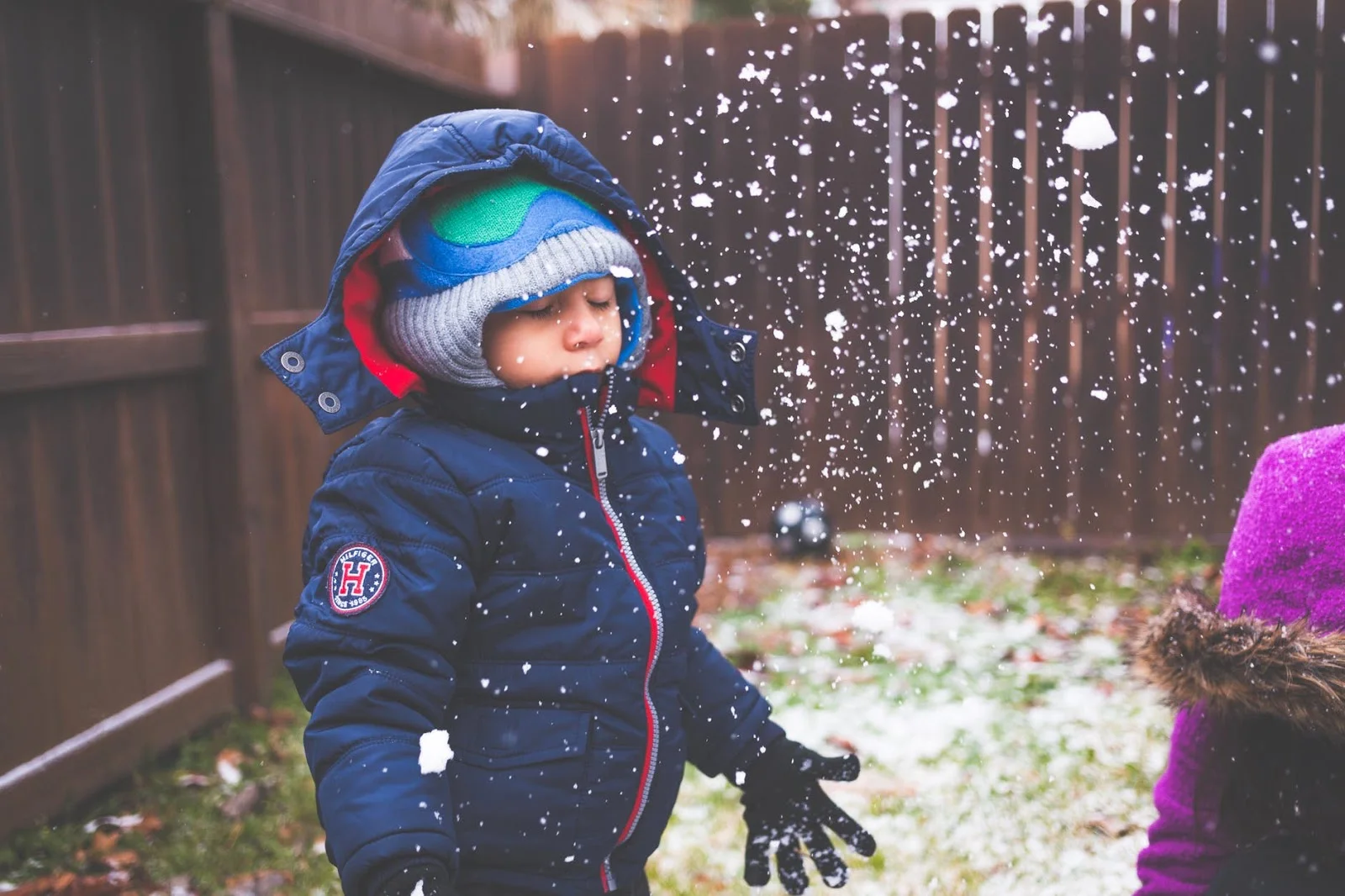Cooperative play is when the child is interested in both the individuals and the activity that they are playing. Here are 4 ideas for fostering cooperative play with your child.
Read MoreSharing and turn-taking can be challenging areas to work through with young children. Here are 5 things you can do to get your toddler to play nice.
Figuring out how to get a diagnosis when you have concerns about your child meeting his or her developmental milestones can be confusing, but figuring out what to do after an autism diagnosis can be downright overwhelming. That’s why we’ve put together this list of 15 frequently asked questions surrounding an autism diagnosis and the next steps.
Read MoreClick below to see some of the 2019 accomplishments The Behavior Place team are celebrating.
A few weeks ago, The Behavior Place gave you some tips and tricks for traveling. With more holidays just around the corner we don’t want you to miss these helpful steps you can take to make your travels as smooth as possible!
Read MoreIt’s the time of the year for holiday shopping, wrapping presents and preparing for Christmas! The relatives are asking for ideas for present for your children, and you're wondering what to say to them, or maybe you need some ideas yourself! Well, here is a quick list of some gift ideas for your children.
Read More“Mom, I DON’T WANNA WEAR A JACKET!”
Is this something that sounds familiar to you? For some kids, transitioning into wearing cold weather clothing is difficult, and for some kids diagnosed with an Autism Spectrum Disorder, it’s exceptionally difficult. From the change in schedule, to the change in length and textures of clothing...wearing jackets and pants after wearing nice loose t-shirts and shorts all summer can bring about some tantrums from your kiddo.
Thankfully, there are some things you can do to ease your child’s transition so they put that jacket on!
This time of year is one most children look forward too! Warmer weather, vacations, and no school! While you are enjoying summer break and your kids are home, you might plan some trips to the beach. The beach is a fun place for building sand castles, playing in the waves, and enjoying the rays of sunshine. Although it is fun and games, the beach can also be dangerous. Below are some safety tips for you to use when going to the beach.
Read MoreBetter Safe than Sorry! 13 Ways to Proactively Increase Your Child’s Safety at Home
Children with ASD have some unique needs regarding safety in the home. Extra precautions are needed to keep your child safe, although these measures can apply to all children.
Address: Teach your child to recite his address, telephone number, parent/guardian’s names, town child lives in, to different adults.
Safety is one of our top priorities! Parents and caregivers strive to teach their children the appropriate skills necessary to stay safe in various environments and situations. As a parent or caregiver of an individual with autism safety is an even bigger concern, as the majority of individuals with autism don’t recognize the typical unsafe situations that others may recognize.
Read MoreSafety is an important aspect of parenthood. Every parent and caregiver holds the responsibility of helping to teach their child safety skills in and out of the home. Many parents of children with autism spectrum disorder often find challenges in teaching safety skills to their children.
Read MoreA task analysis is when the steps of a complicated behavior such as washing hands are broken down into smaller more manageable steps for the learner.
Read MoreA visual schedule is a series of pictures that communicate to the individual a general idea about their day. Visual schedules include a small icon (picture) for each activity during that day
Read MoreLooking for some fun on a budget? LOOK NO FURTHER! Keep reading for activities with items you can find at the dollar store!
Read MorePivotal Response Training, or PRT, is a child initiated, play-based therapy used for autism. PRT is used to help with the development of communication, language skills, and to increase positive social behaviors
Read MoreJoint attention is vital to language development and early word learning. It refers to the shared attention between two people and a third object or event.
Read MoreFunctional communication training (FCT) is an effective, evidence-based method to teach individuals how to replace inappropriate problem behavior with appropriate, recognizable, functional forms of communication
Read MoreDuring the past few weeks, we have been talking about social and play skills from sharing and turn-taking to waiting for items and attention. All these areas we have gone over have significant importance during childhood.
Read MoreShaping and chaining are two helpful techniques that you can use to teach your child many complex behaviors. Please click for more.
Read MoreWhile “wait” may be a four-letter word, it’s not a bad word and it’s not the same as “no.” To demonstrate that “wait” is not “no,” consciously use the word “wait” with a matter-of-fact tone in the moments before a non-triggering event is about to occur.
Read More



















